Why do currant leaves turn yellow and what to do about it?
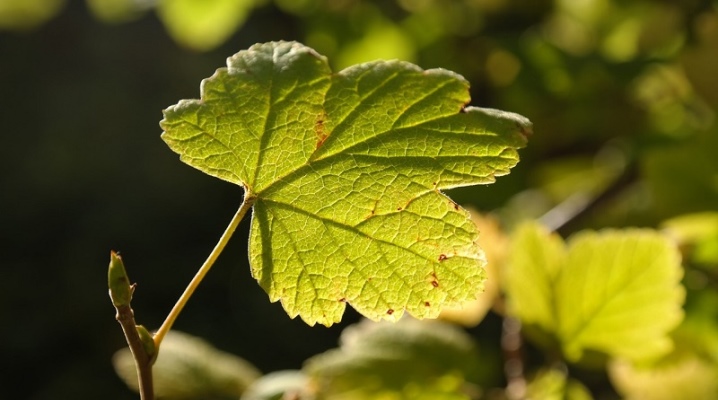
We are not surprised when the foliage turns yellow in the fall or after a long time in the sun. However, everyone's favorite currant turns yellow in cases of poor care, and with many different diseases. At critical moments, you run the risk of being left without a crop. The plant requires careful observation, prevention and care.
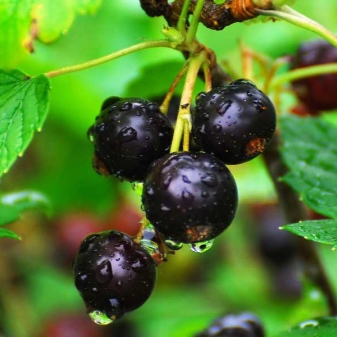
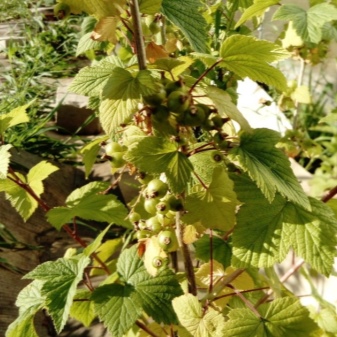
Possible reasons
Violations of the rules of care occupy the dominant role among the various causes of diseases of the beloved and tasty berry. In addition, the leaves of currants (both red and black) often turn yellow and dry out due to the negative activity of various insects. Diseases of a viral and fungal nature are the most dangerous causes of wilting of leaves of a culture that require immediate intervention.
Yellowness occurs at the beginning of the growing season, and after flowering, and at the end of summer.
- In spring, twigs dry out mainly due to improper care and nutritional deficiencies. Young bushes may suffer from a lack of potassium and nitrogen. In May, yellowness occurs due to low nutrition and moisture.
- In the summer, heavy rainfall can wash out compounds useful for the plant in the trunk area. The leaves become smaller, turn yellow and dry. Timely feeding will be important here.
- If you find yellow leaves in June, then this is in most cases pests. Their wrecking activity is often manifested in the middle of summer.
Illiterate care weakens the currant, stimulating the development of all kinds of diseases. She grows poorly, and sometimes dies.
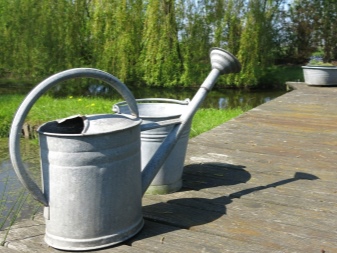

How to fix care mistakes?
To find out the reasons for the appearance of yellowness on currant leaves in May, as well as in summer (in June or July), all periods of leaving are carefully analyzed. Correcting errors often starts with a thinning operation and checking the distance between landings.
- When the bushes are planted close to each other, they can be deficient in sunlight. For this reason, it is important to thin out unnecessarily dense plantings by replanting some plants.
- Closely located painful neighbors, especially gooseberries, can also contribute to the appearance of diseases. Therefore, the standard distance between landings should be at least 1.5 m.
- The excessively early planting of seedlings in open ground in the spring has a detrimental effect on currants. For this reason, we recommend planting the crop in the fall, even before frost.
- Bushes over 15 years old often turn yellow naturally, with the advent of old age.
There are other causes of yellowness. They also need to be eliminated.
- Watering errors. Berry bushes, especially dark ones, are extremely sensitive to prolonged drought. In the absence of rain and hot weather, they should be watered with settled water. The soil is moistened by 50-60 cm. A measure is needed in everything, since excess moisture is harmful to the bushes. An abundance of moisture leads to rotting of the plant root system and a lack of nutrition in the upper part of the crop. Elimination of the error consists in stopping irrigation activities until the soil dries out and setting the moisture rate. About 10-20 liters of water per month should be spent on a bush, taking into account the specifics of the weather. To avoid negative consequences, a special drainage layer should be organized for the plants and the soil under the bushes should be regularly loosened.
- With a weak development of currant roots, pruning of the bushes should be performed, leaving 5-6 healthy young branches. This will promote productive root development.
- Poor soils. Certain varieties of berries grow productively exclusively on fertile soils. And if they lack nutrition, then this can lead to yellowing of the foliage. If there are signs of yellowing, you should feed the bushes with organic fertilizers or mineral complexes. Young leaves begin to fall off only when the soil is strongly depleted, and therefore the situation is quite correctable. Plants need to be fed.
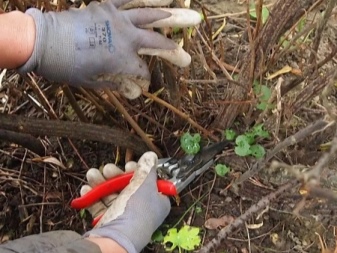
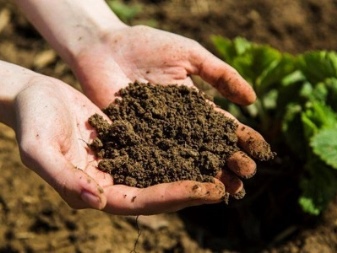
Small planting pits can also become one of the causes of the disease of the bushes. The roots in such depressions will not grow correctly, since with such a planting, the supply of nutrients and moisture to them is disrupted. When planting, it is important to make the indentations of the correct size.
A deficiency or surplus of nutrient medium in the soil leads to tangible costs when growing currants. So, with a lack of nitrogen, the branches grow with thin stems, and the yellowing of the leaves begins with veins. In such conditions, the addition of nitrogenous organic fertilizers will be useful. If the leaves begin to turn yellow from the edges, then this indicates a lack of potassium. The leaves themselves remain green. Potash fertilizers are applied under the bushes during the ripening period of berries. Potassium deficiency can be replenished with potassium-magnesium supplements, potassium sulfate and other potassium compounds.
The lack of magnesium is expressed in the yellowness of the leaves at the bottom of the bushes. The veins retain their natural color, but the space between them turns yellow. Additives can improve the culture: wood ash, magnesium sulfate or dolomite flour. With a deficiency of phosphorus on the leaves, reddish and purple spots may appear. In this case, the edges of the sheets are folded, foliage may even fall off. With an excess of phosphorus, the underside of the leaves and their cuttings turn red. To avoid this, in the fall, the bushes are fed with compost, superphosphate and potassium sulfate. With a lack of iron, the foliage turns yellow, and the edges of the plates begin to dry out. In order to compensate for the deficiency, iron sulfate and chelate are introduced (in the form of foliar feeding). Excess iron leads to leaf lethargy and lightening.
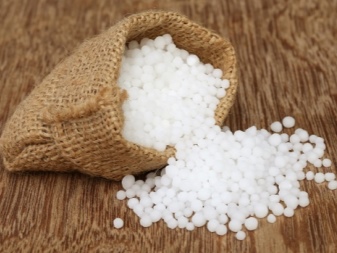
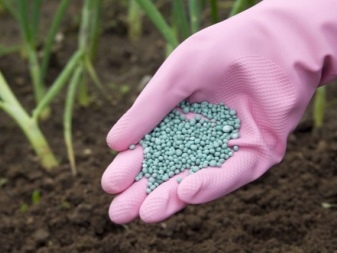
What to do when pests appear?
Another common cause of yellow leaves is the invasion of harmful insects. Signs of such attacks are spots and dots, various bulges and bulging growths. A close inspection of the plants will reveal such signs. Most often, pests appear during periods of flowering and fruit formation. The use of chemicals for plant protection at this time is not recommended. Experienced gardeners to save the harvest simply remove the infected twigs and leaves, then burn them. Malicious insects are detected both on the upper and lower parts of the leaves, because they are visible visually. Their damage to plants has other consequences.
Gall aphid
The invasion of the gall aphid is indicative of swelling on the upper sides of the leaf plates. They appear where the pest punctures with its proboscis. The infected leaf begins to turn red, and then turns yellow and gradually dies. The insect causes significant damage to the currants until about the second decade of July, and then moves on to other plants grown in the garden. In the fall, aphids place their eggs on the branches. The clutches safely endure the winter, and by the beginning of spring the larvae appear.
When the first signs of aphid appear, the branches should be treated with insecticidal preparations ("Tanrek", "Iskra"). It is necessary to process both sides of the sheet.
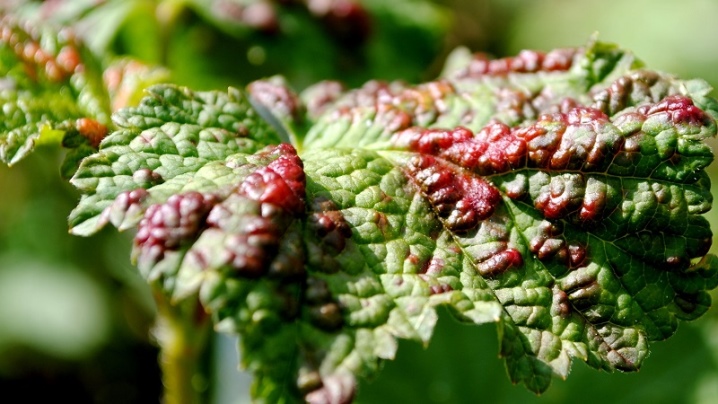
Spider mite
Spider mites are a common cause of yellowness and drying of leaves in the crown area of plants. The pests consume nutrients from the leaves, which depletes the plants. Usually, a cobweb appears in places where they are grouped. For early warning of the spread of the pest, abundant irrigation of the leaves is carried out.If the tick-borne "landings" are large, then the plants are sprayed with a soapy composition. Useful in these cases are infusions of onion, garlic, dandelion, tobacco. In critical cases, the bushes are treated with acaricides.
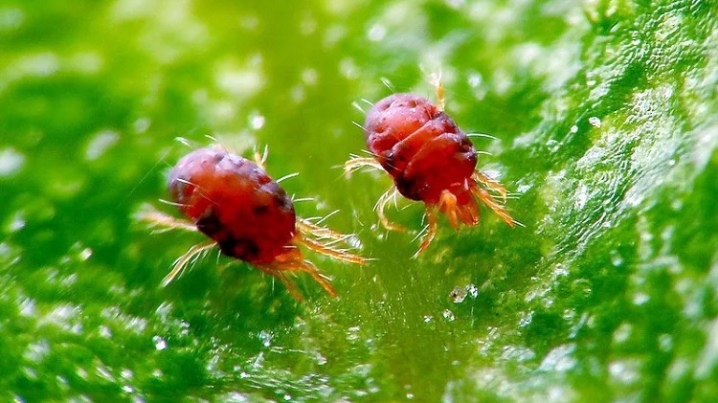
Currant glass
Infection with currant glass is more difficult to detect. When the leaves turn yellow and dry at the same time, together with the shoots, cut off the diseased stem part and examine it from the inside. The presence of black dots on the sections is convincing evidence of the appearance of larvae. The butterfly places its clutch in microcracks in the bark, and then caterpillars emerge from the eggs. In advanced situations, the larvae gnaw the stems to the very ground. To drive out dangerous pests, you need to cut out absolutely all infected areas. Chemical preparations will not give a result. Regular loosening of the soil near the bushes both in spring and summer helps to resist the appearance of glass.
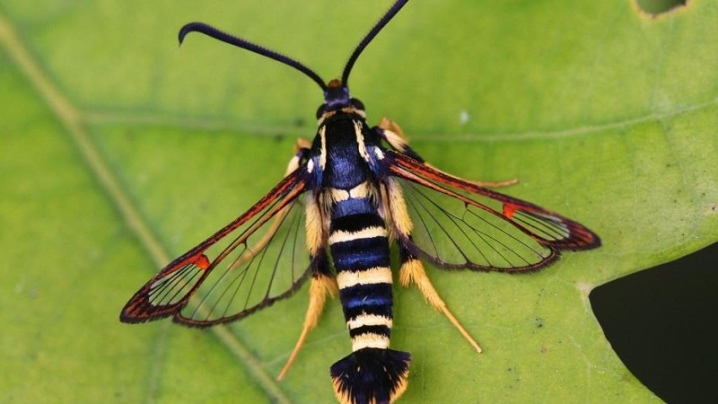
Kidney mites
It is difficult to visually identify bud mites: they hide in the scales of fruit buds, and their activity can cause serious damage to the crop. They are detected by deformations and unnatural enlargement of the buds, as well as by yellow leaves on the branches. Moreover, one kidney can contain up to several thousand insects that leave their shelter during excessive reproduction. They quickly move to young, already bearing plants. On infected bushes, foliage appears with a delay, and the shoots themselves grow small and deformed. To remove ticks, chemical agents are used: "Phosphamide", "Karbofos", sulfur. Sprayed at the budding stage.
In the fight against harmful insects, a number of self-made folk remedies are also productive. Their advantages are harmlessness, efficiency and the possibility of using them during the full growing season. Their use is based on the fact that parasites cannot tolerate pungent odors, and therefore decoctions are made from aromatic plants and spices.
- A mustard solution is prepared by dissolving two tablespoons of dry spices in 10 liters of boiling water. Used after cooling down. Plants are recommended to be sprayed with the product in the morning or evening. It also helps in the fight against various fungi.
- With small amounts of harmful insects, garlic tincture helps significantly, made from a medium-sized crushed head, filled with 1 liter of boiled water (infused for a week). Before processing plants, 50 ml of the infusion is diluted in 8-10 liters of water. The infusion has a productive effect on whiteflies, scale insects, ticks and scale insects.
- A solution of wood ash will save the bushes from powdery mildew. To make it, it is necessary to dilute about 1 kg of wood ash in 8-10 liters of water (the mixture is kept for 4 days). Then add about 50 g of laundry soap there.
The processing procedure is carried out 2 times a month. With the beginning of the spring season, the bushes are sprinkled with ash.
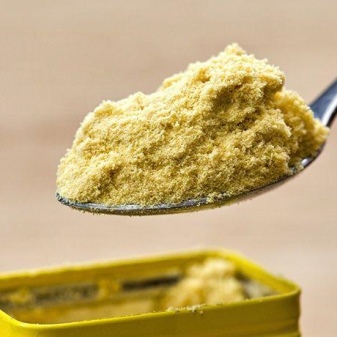
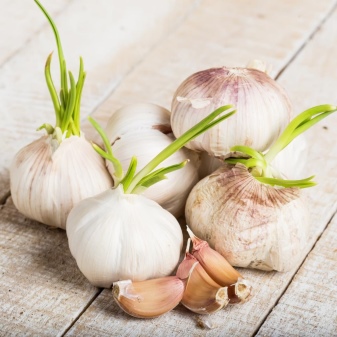
To counteract the fungal infection, milk whey is used (1 liter of whey per 9 liters of water). The culture is watered abundantly, wetting each leaf. The inside of the leaves, where the fungus usually multiplies, should be especially thoroughly moistened. Irrigation is done with a spray gun or a soft brush. After each procedure, the plants should be carefully examined: fungal spores are extremely resistant to negative influences. The first procedure is carried out before the kidneys open. This is followed by a graph like this:
- when cleaning overly dense bushes;
- during working processing during the growing season;
- during autumn harvesting and burning of leaves;
- with abundant watering before winter and loosening the soil;
- with sanitary pruning;
- during treatment with antiseptics;
- during the period of digging in the trunks.
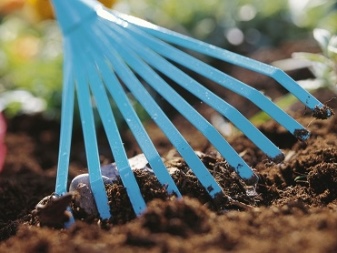
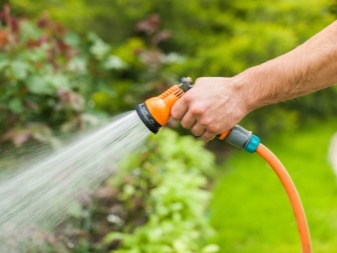
Treatment of diseases
Diseases arising on the bushes of the culture from fungi and viruses, for the most part, damage the petioles and leaves. The first manifestations of pathogenic diseases begin in March.And if the plants are not treated in a timely manner, then the leaves dry up, fall off, and the bushes may well be lost during the season. The process of treating the bushes is carried out until the buds appear, as well as at the end of the collection of fruits. For treatment, you can make solutions of various compositions with which to water the plants.
Spheroteka
This is a fungal disease. Plants become covered with bloom, which first turns white, and becomes darker as the disease progresses. Gradually, the infected fragments turn yellow, dry out and curl, and the fruits fall off without ripening. In critical forms of the disease, dark specks appear, while the branches dry out and the crop perishes. Red currant species die from this disease less often than black currant. Infected fragments must be trimmed and burned. For treatment, about 300 g of iron sulfate is dissolved in 8-10 liters of water and the bushes are irrigated. During the early periods of the disease, a solution of 50 g of sodium carbonate, 50 g of laundry soap and 8-10 liters of water is used. The composition is thoroughly mixed, and the spraying procedure is repeated several times.

Anthracnose
One of the most dangerous diseases. It affects all fruit crops: both young and mature. Due to its ubiquity, it is very difficult to avoid this disease, and it reaches its maximum during rainy periods in the middle of summer. The disease manifests itself in small, bumpy brown spots growing over the entire leaf area. Disease-causing spores successfully survive the winter in fallen leaves. For this reason, all remaining foliage must be removed and destroyed in a timely manner.
If a diseased bush died in the garden in a specific place, then in this area of soil in no case should a new plant be planted. Immediately after the onset of the initial symptoms, the disease is treated with Bordeaux liquid. After harvesting the fruits, the procedure is repeated. Most often, red currant bushes are infected with the disease. The fungus leads to the appearance of yellowish-brown spots, then the foliage curls and dies. If there is no timely treatment, the unripe fruits will fall off, leaving you without a berry. Fungicides are effective for curing: "Oxyhom", "Strobi", "Alirin B".
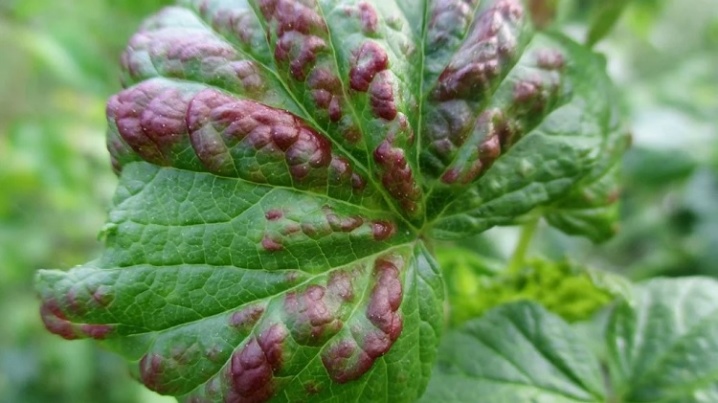
Spotting
A disease of fungal origin that develops on the fruits remaining after the autumn harvest. Spores are carried to the bushes by the wind, quickly infecting the green mass. Many round brown spots appear on the foliage. As the disease progresses, the spots turn white in the central part, and remain dark brown at the edges. They fall off earlier than the prescribed time, and the defeat of the bushes becomes significant. Such massive invasions of parasites occur towards the end of summer. Spores endure winter in fallen leaves.
Treat the disease with a solution of copper sulfate (40 g per 8-10 liters of water). Since the beginning of spring, the buds have not yet opened, the bushes are also treated with "Phytodoctor" or "Nitrofen", and with a high degree of neglect of the disease - with Bordeaux liquid. Most often, black berry bushes are infected and sick with spotting. Interestingly, infections attack currants both singly and in groups. Therefore, the defeat of plants occurs quickly, the foliage turns yellow and falls. In such cases, special complex measures are taken: preventive measures are combined with folk remedies and chemicals of a wide range of action.
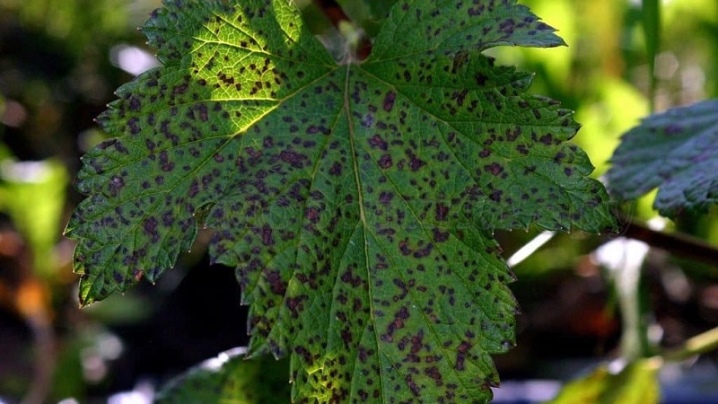
Rust
Two types of rust have become dangerous enemies for plants: goblet and columnar.
- If small yellowish specks appear on the leaves, as well as growths of light orange shades, then you are dealing with columnar rust. They fight this disease with a 1% solution of Bordeaux liquid or fungicides. In this case, a number of treatments are carried out. First, the plants are sprayed during the period of leaflet appearance. The second procedure is carried out at the time of budding, and the third time the activities are carried out at the end of flowering.In case of large-scale lesions, additional processing of the bushes is performed 2 weeks after the last procedure. All affected foliage is removed and burned.
- The appearance on the foliage of placers of large large yellowish pillows indicates a disease of plants with goblet rust. With such an infection, the affected parts of the plants are recommended to be immediately cut off and burned. Plants can be cured by using Bordeaux liquid or Fitosporin. Treatment with drugs is similar to the treatment of columnar rust.
The soil under the bushes should be drained. Fungicides and compositions prepared on the basis of sulfur and copper cope quite productively with diseases. Activities are carried out at intervals of two weeks. When rust occurs, the berries are covered with a white bloom, and they become inedible. Usually, by the middle of summer, the foliage from the plants completely falls off, only branches remain, and young shoots do not develop at all.
Rust can reduce the yield of a berry two to three times.
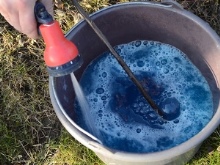
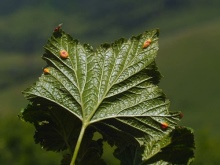
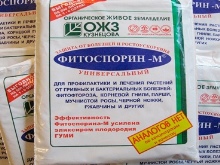
Prophylaxis
To deprive pests of the ability to lay eggs, preventive measures should be taken in the fall. In this case, it will be useful to adhere to a number of rules.
- All yellowed foliage must be collected and burned.
- At the end of the leaf fall, the bushes are watered abundantly, the near-stem areas are thoroughly loosened, without touching the surface roots.
- It is imperative to produce sanitary and regulatory trims. The branches that thicken the bushes are removed. Weak and painful stems are cut off and then covered with garden varnish, which reduces the likelihood of microorganisms entering the inside of the stems.
- If the bushes were affected by insects, then in the fall they carry out additional treatment with insecticides. In the spring, spraying with fungicides is performed in order to exclude secondary infection of the branches with fungi. Preventive measures with insecticides can be carried out before the kidneys open.
- So that the larvae do not penetrate the bark of the plants, care measures are carried out in the most careful way, without damaging the bark.
Curing a culture can be both quick and lengthy. Often, bushes can be saved even with extreme measures. Do not neglect preventive measures, up to the choice of disease-resistant currant varieties. Skillful and timely implementation of prevention will save currants from infection with various diseases, as well as from pests. Compliance with agrotechnical rules and regular, thorough visual inspection of the bushes are also relevant.
It is necessary to start curing the culture when the first signs of the disease are detected. By following these recommendations, serious problems can be avoided.
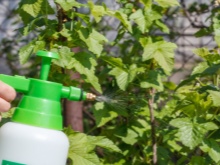
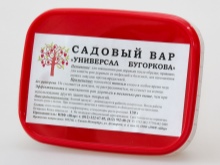
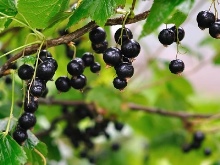
For information on why currant leaves turn yellow and what to do about it, see the next video.













The comment was sent successfully.